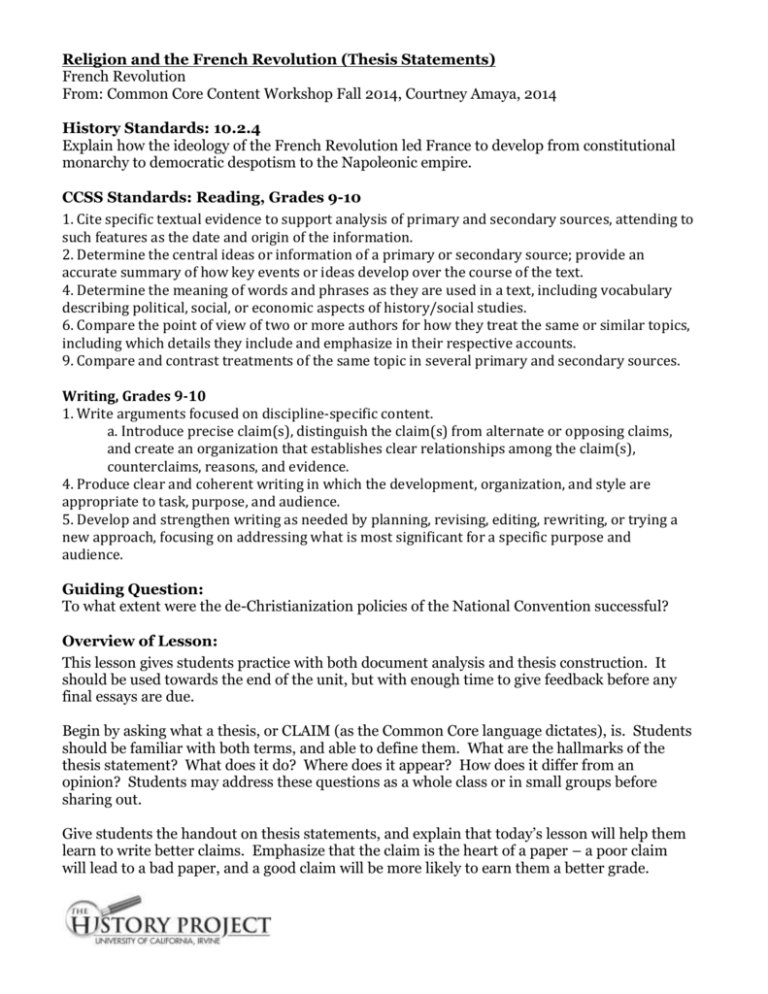
Gregory also moved the New Year from March 25 (the Feast of Annunciation) to January 1. This changed the length of the average year to 365.2425 days. So there’s a leap year in 2000, but not in 1900 or 1800 or 1700. We’ll have leap years every four years except on centennial years that aren’t divisible by 400. Gone! Next, let’s tweak the system of leap years. It took them five years, but they came up with a fix: First, let’s just eliminate those extra 10 days and get back on schedule. So, in 1577, Pope Gregory XIII appointed a commission, led by physician Aloysius Lilius and astronomer Christopher Clavius, to solve the problem. The calendar was now out of sync with the solar year by about 10 days. The average year now had 365.25 days in it - just a shade more than 365.24219.īy the 1570s, those slight differences had added up. It had a leap day every four years, which turned out to be an overcorrection. Caesar wanted a steadier, more reliable way to mark the dates.īut the new Julian calendar that resulted was still flawed. Until that point, the Roman calendar was a messy hodgepodge, with extra days tacked on in February every now and again based on the whims of politicians. This dilemma was grasped early on by astronomers in Alexandria, Egypt, who helped Julius Caesar devise a new calendar in 46 BC.

So if you construct a calendar with only 365 days, the seasons will fall ever so slowly out of whack with the months, as this video by Joss Fong demonstrates:

#French revolutionary calendar explanation full
The fundamental problem that anyone making a calendar has to grapple with is the fact that it takes just a shade more than 365 days for Earth to make a full trip around the sun. How the Gregorian calendar saved the seasons But it’s worth pausing to reflect on what an odd system it is - and how we actually got here in the first place. The Gregorian calendar, with its intricate dance of leap days and leap years, seems utterly banal to those of us in the Western world today. This would correct a mismatch in the old Roman calendar, first set up by Julius Caesar, that was causing the months to fall steadily out of line with the seasons. Thereafter, a new calendar would come into effect that would better align the months with Earth’s journey around the sun. Today is the 434th anniversary of the introduction of the Gregorian calendar, as a subtle new Google Doodle reminds us.īack in 1582, Pope Gregory XIII decreed that the 10 days following October 4 simply wouldn’t exist.


 0 kommentar(er)
0 kommentar(er)
